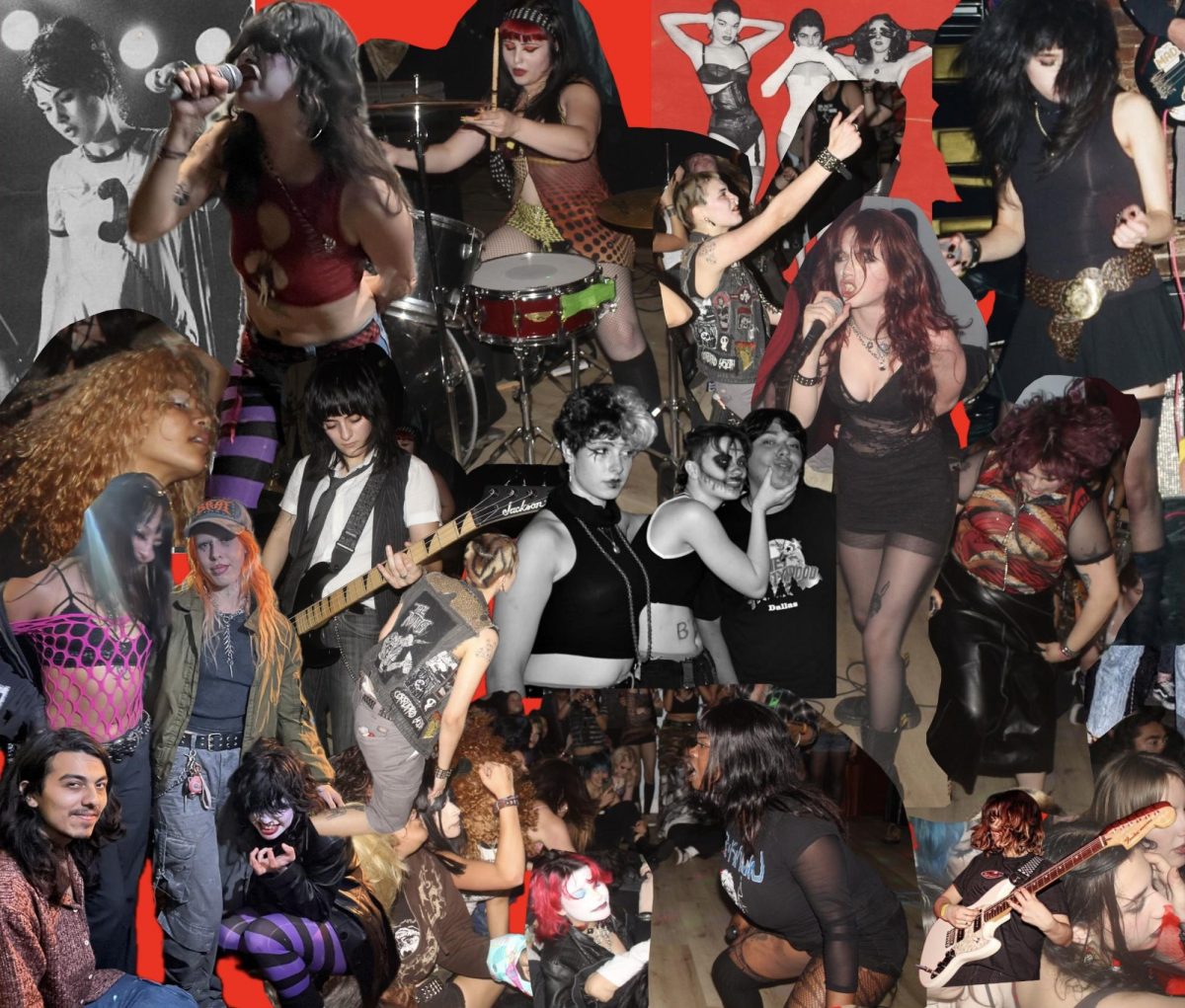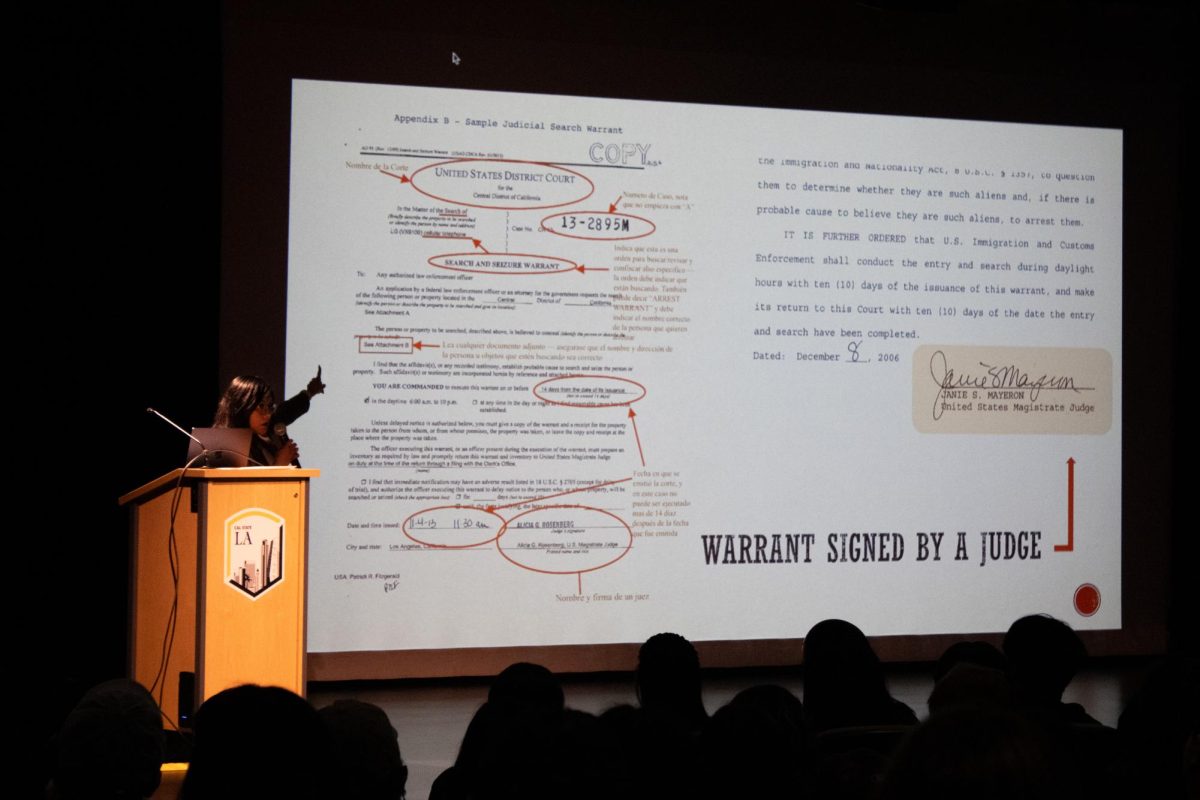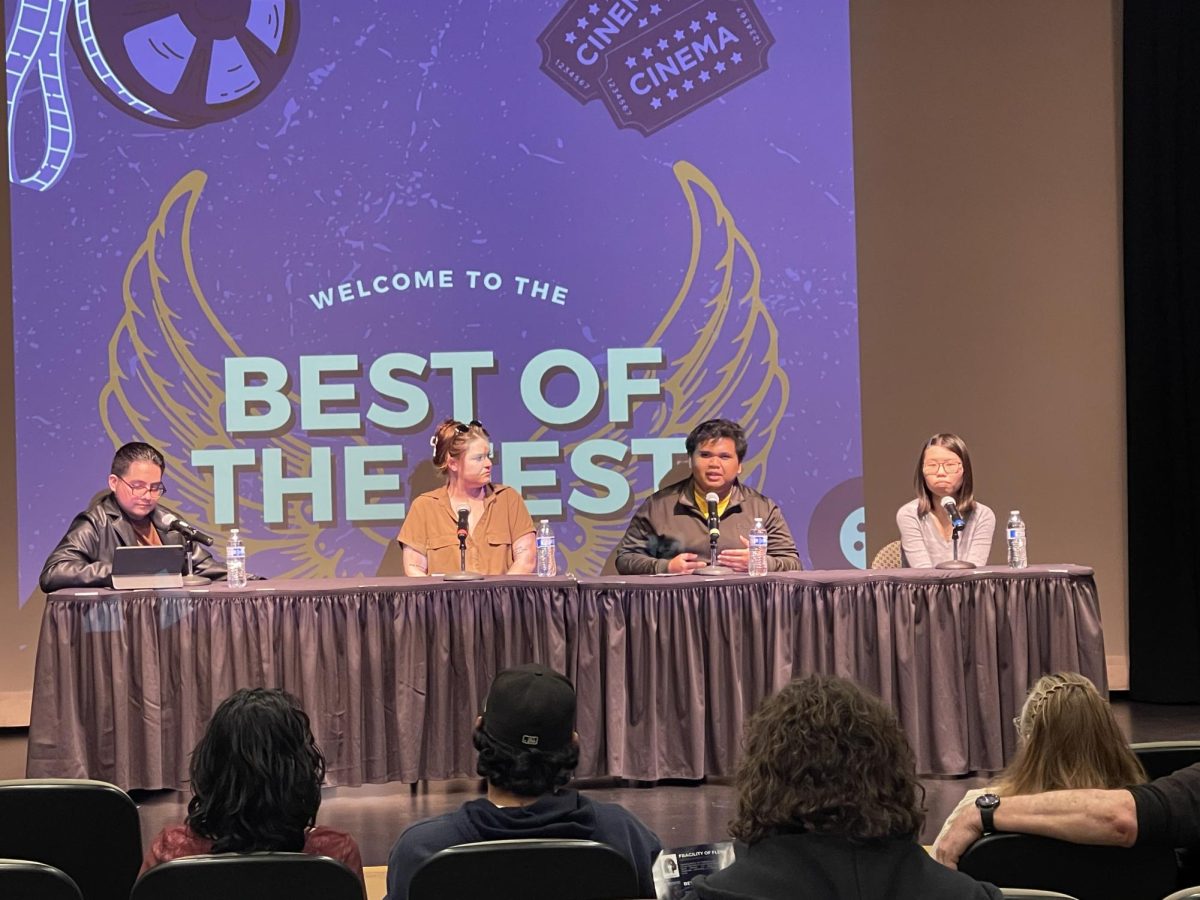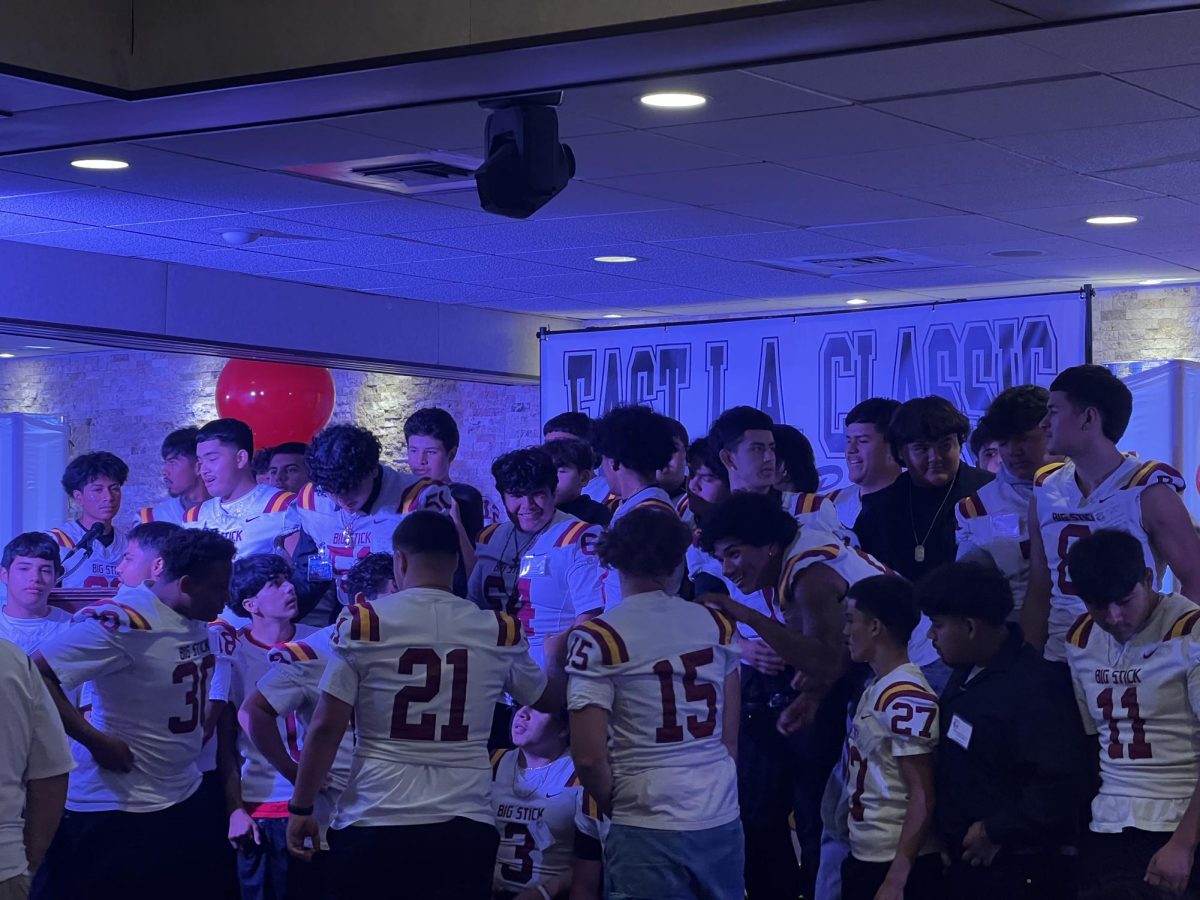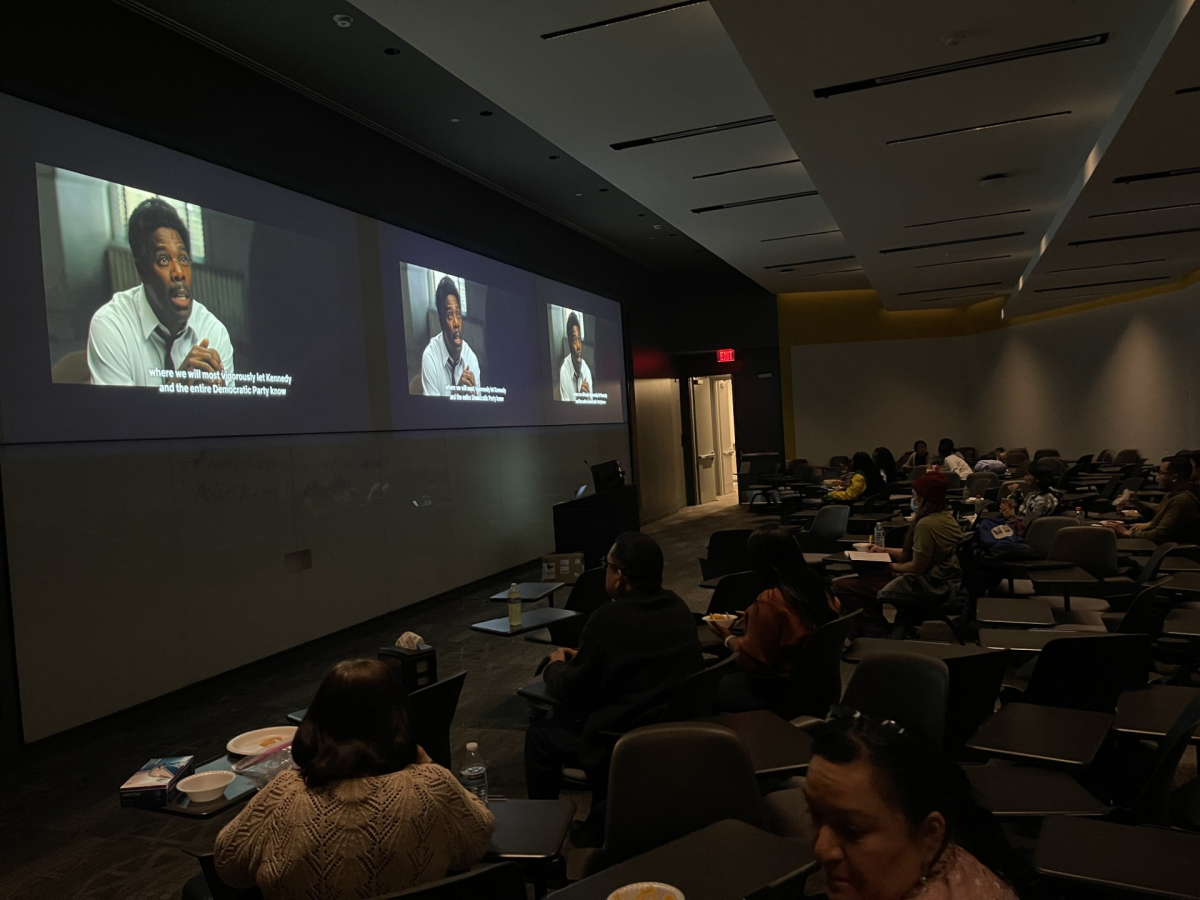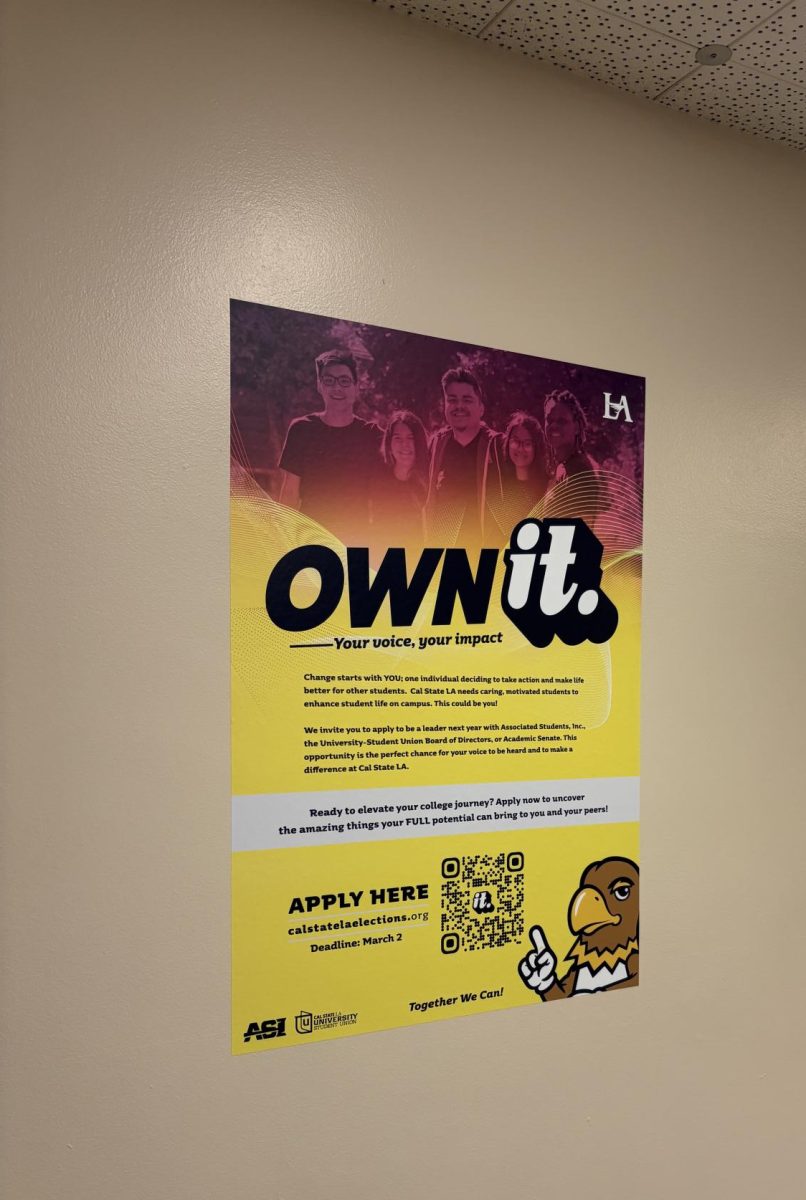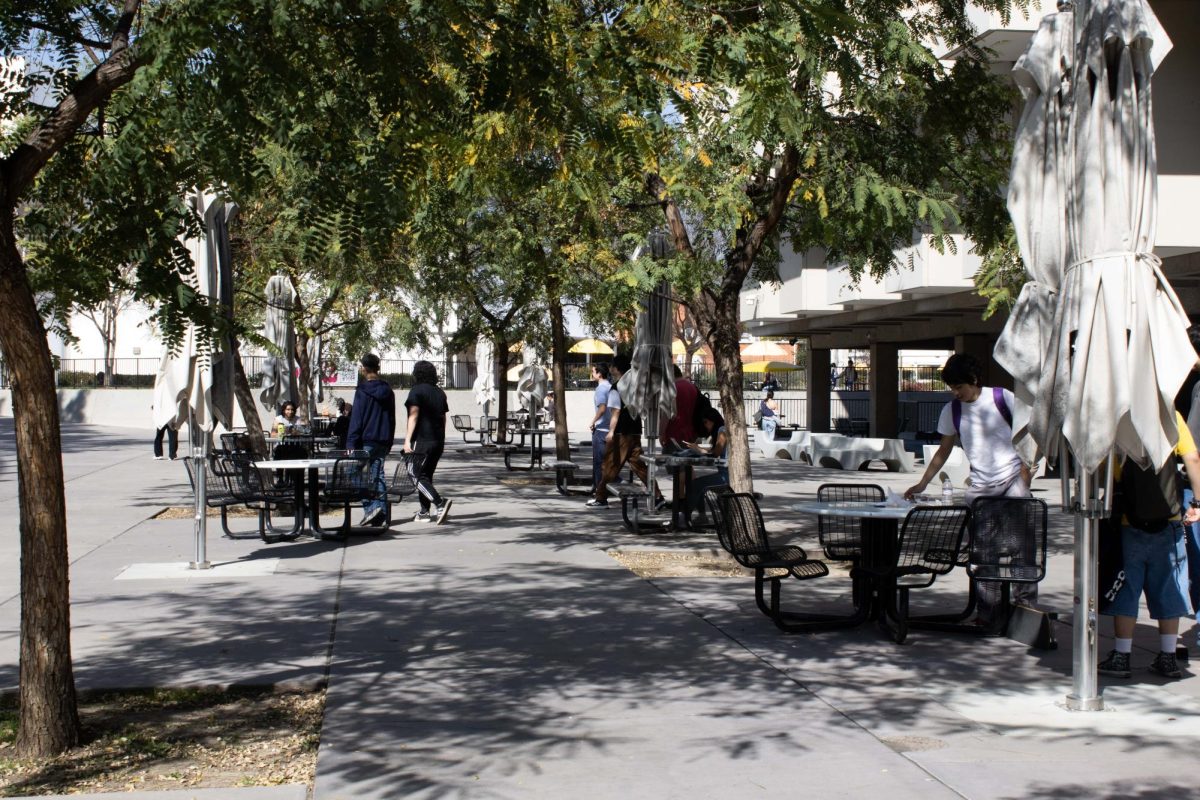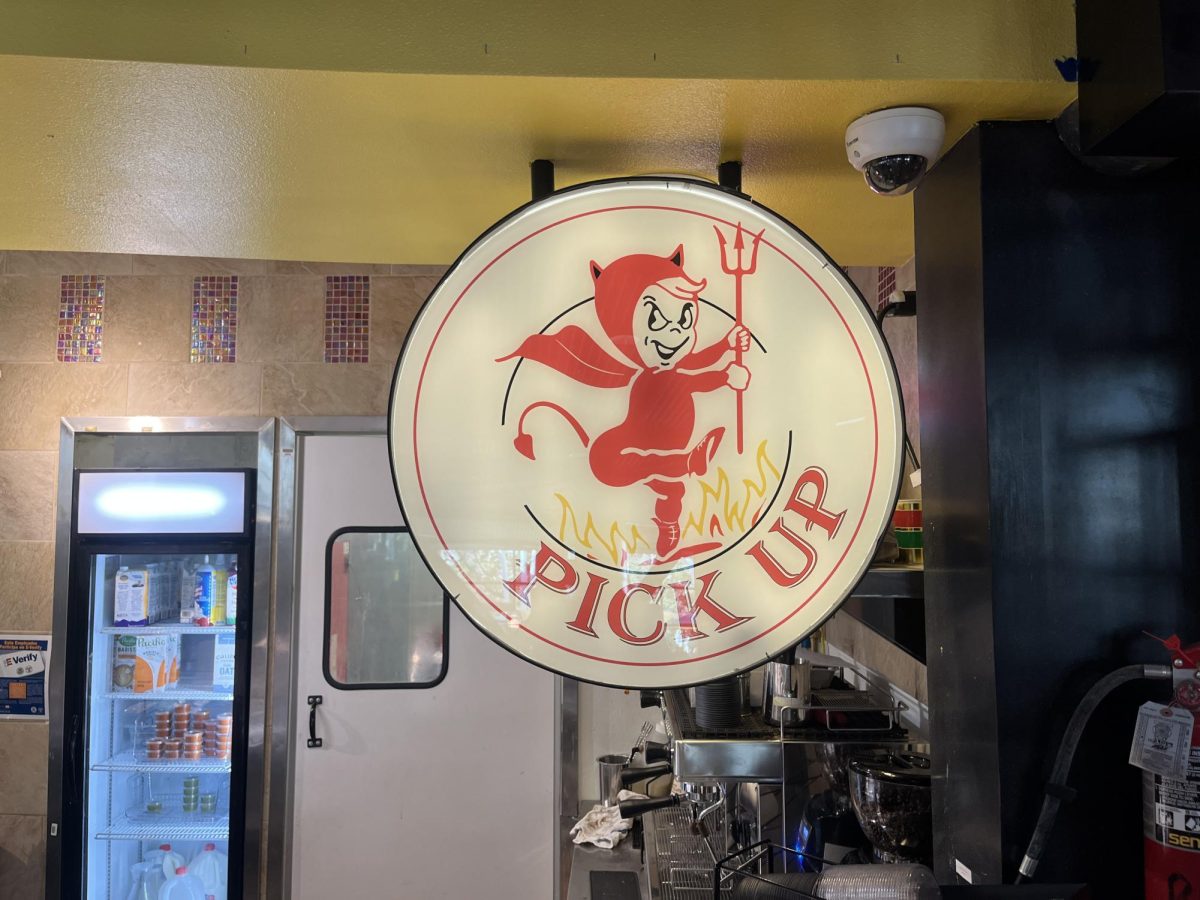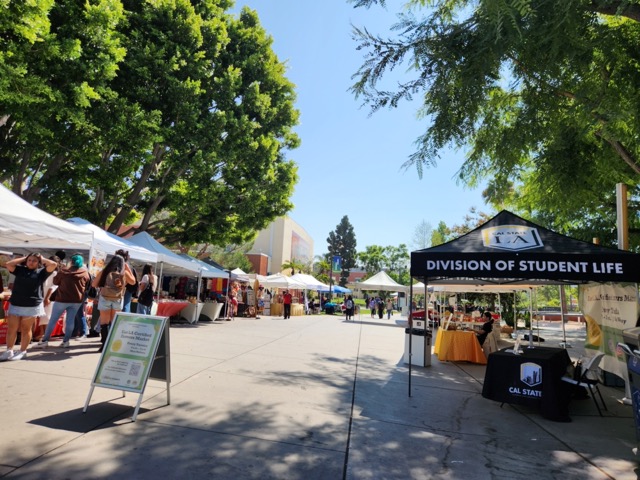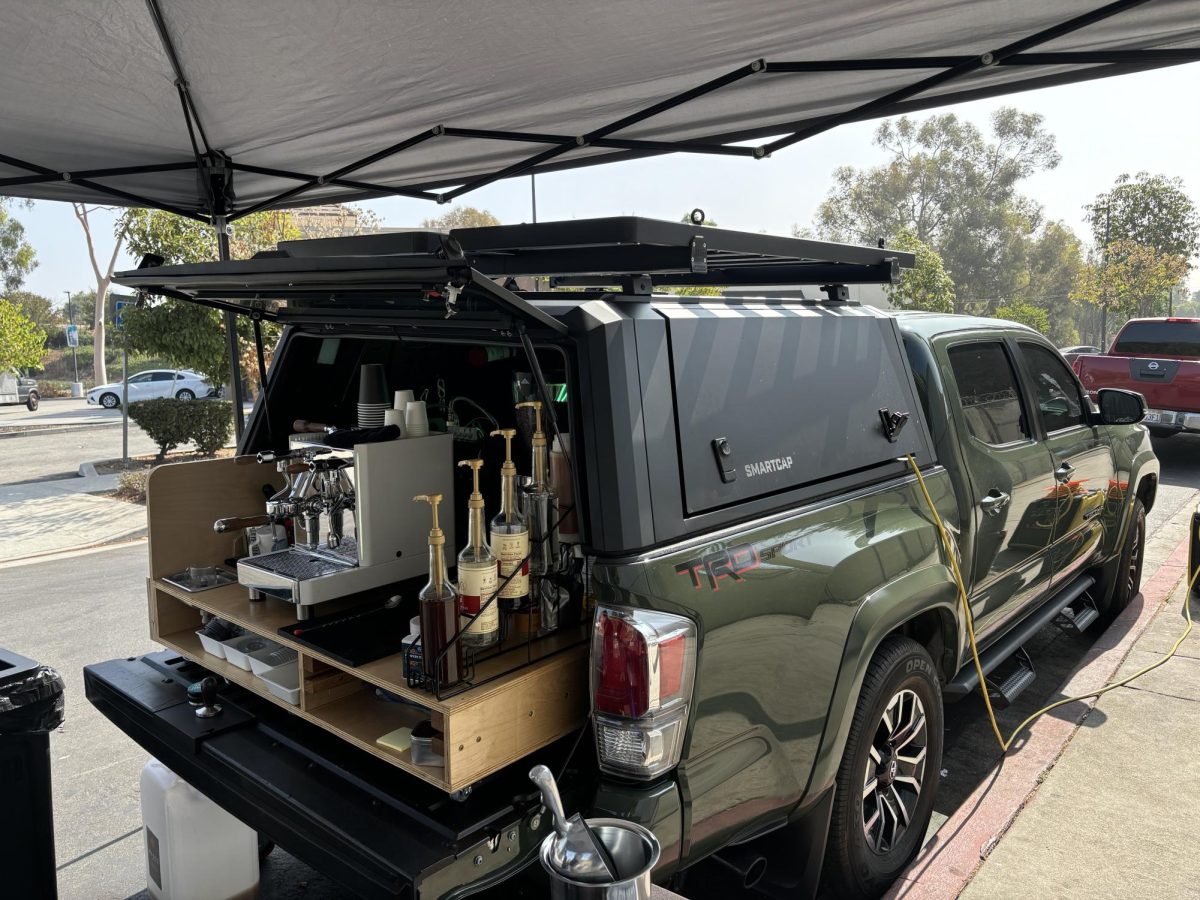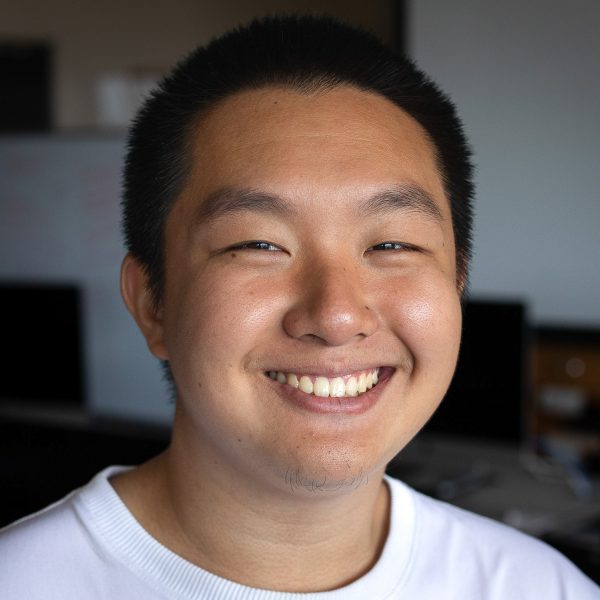The event was organized through the Gender and Sexuality Resource Center (GSRC), marking the return of last year’s Queer Prom. Students attended Queer Prom on March 29, an event at the Golden Eagle Ballroom that lasted from 5 to 8 pm. Queer Prom gave attendees a night to celebrate with music, food and drinks, a photo booth, and a highly anticipated vogue competition.
AJ Chavez, (they/them) the student program coordinator of the GSRC, said that the set up for the event took over two months.
“Last year, we had about 90 students show up, and this year, we have about 80 RSVPs,” Chavez said.
Whereas last year’s Queer Prom was simple in its creation, AJ wanted this year’s Queer Prom to be inspired by ballroom culture. Ballroom culture is a subculture within the LGBTQ+ community that was created by Black and Latinx persons of color. The history of ballroom culture dates back to the 1890s, originating in New York, before further adoption and popularity in the 1970s into its modern form. An element of ballroom culture involves houses, which are groups that serve as alternative families and support systems.
While the GSRC wasn’t able to implement houses for their event because of capacity issues, Chavez remains hopeful that they can implement competing houses in the future.
This year, the GSRC partnered with REACHLA, a Los Angeles-based LGBTQ+ non-profit organization, to spread the word about their programs and give out free gifts for the night.
At the entrance to the ballroom, long streamers hung down, obscuring those outside from the party within. The ballroom included roughly a dozen tables with ten seats each. Table decorations consisted of decorative mini-disco balls, flower petals and fake candles.
A DJ table was set up right in front of the ballroom to the side, and multicolored lights set the mood for the night.
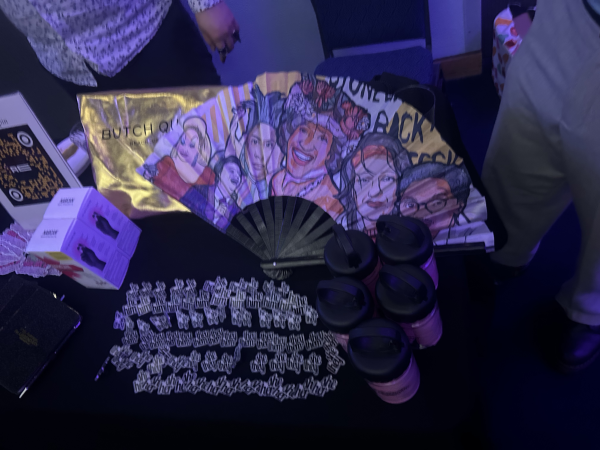
Queer Prom hosted a variety of food and drinks, and their menu consisted of veggie potstickers, mac and cheese nuggets, mini burgers, brownies, cookies, taquitos, potato chips, iced water and lemonade.
For many of the people at Queer Prom, it’s a chance for them to let loose and celebrate their own identities within gender and sexuality.
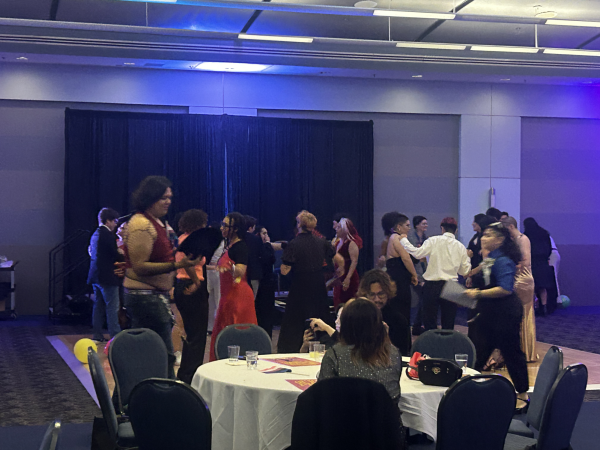
Tupou Leger, a junior-year student, shared how she had learned about her pansexuality through watching YouTube videos.
“I found that out on my own by using the internet. And I never got any backlash from it until I started interacting with my peers,” she said.
Leger’s favorite part of the Queer Prom event was seeing everyone’s outfits. “I feel like people aren’t concerned about following norms here. They just wear whatever they want, just present themselves like how they are.”
Sebastian Servin, a psychology major, first heard about the Queer Prom in the Cross-Cultural Center and had looked forward to attending the event with other people.
“I’m hanging out with my fellow queer friend,” they said.
Servin, who identifies as nonbinary, realized their identity during childhood.
“I felt like there was another identity to me. It’s kind of similar to gender neutral, or like gender mixed or agender,” Servin said.
Servin said that the dances at their high school consisted of a more heterosexual culture and they appreciate that an event like Queer Prom can give people chances to celebrate queer identity.
“This is actually my second time here; the first time was at the LA rooms (USU Building) last year,” said Mel Tobar, a kinesiology major who identifies as nonbinary. ”The key difference was that the last one didn’t have a theme. It was just kind of all-around fun. This one, they really wanted to focus on ballroom culture.”
Tobar appreciated that the event was themed around ballroom culture and the history of voguing.
“I actually took a couple of classes, I think, queer media. That’s where we learned about Paris is Burning (1990), and there was another documentary about ballroom, and our teacher actually had to perform a type of ballroom within the class.”
Jaden Mckernon, a psychology major who identifies as asexual, said that this Queer Prom made up for missing their high school prom due to the COVID-19 pandemic.
“Not a lot of pressure to dress up. That’s what I was really worried about in high school. I worried about being underdressed, and here I didn’t have that,” Mckernon said.
Aside from Mckernon’s hassle with RSVPing for the event, they are glad that they met up with their friends to have fun for the night.
“I think It definitely brings us together, there are a lot of new faces I haven’t seen before, and I got to meet and experience it for the first time,” Mckernon said.
“Queer Prom is important because we want to be able to celebrate other LGBTQ+ students who come to this campus and [make them] feel like they can find others like them,” Chavez said. “We want to invite them here to just kind of enjoy the company of other queer peers and have fun.”

